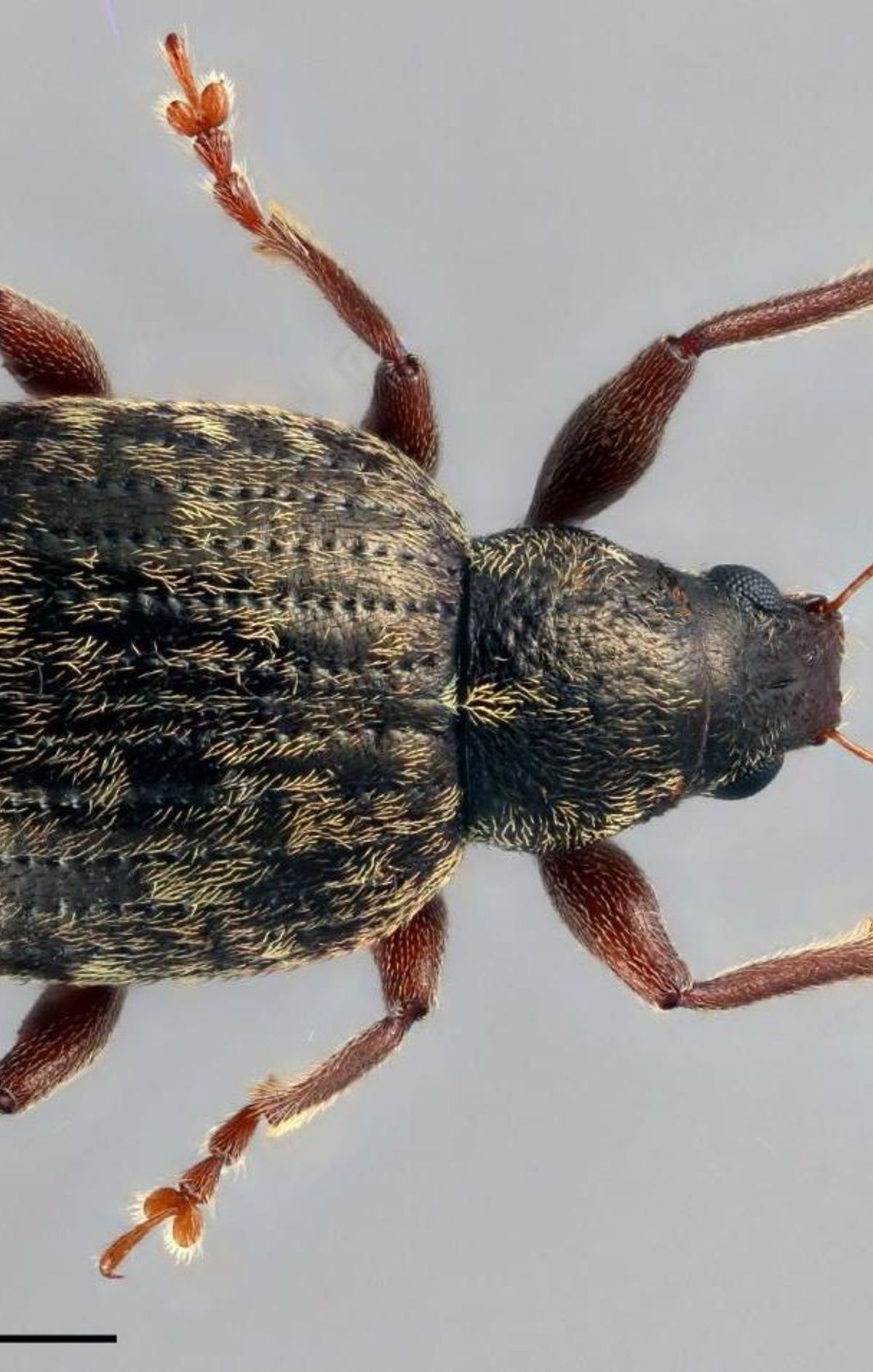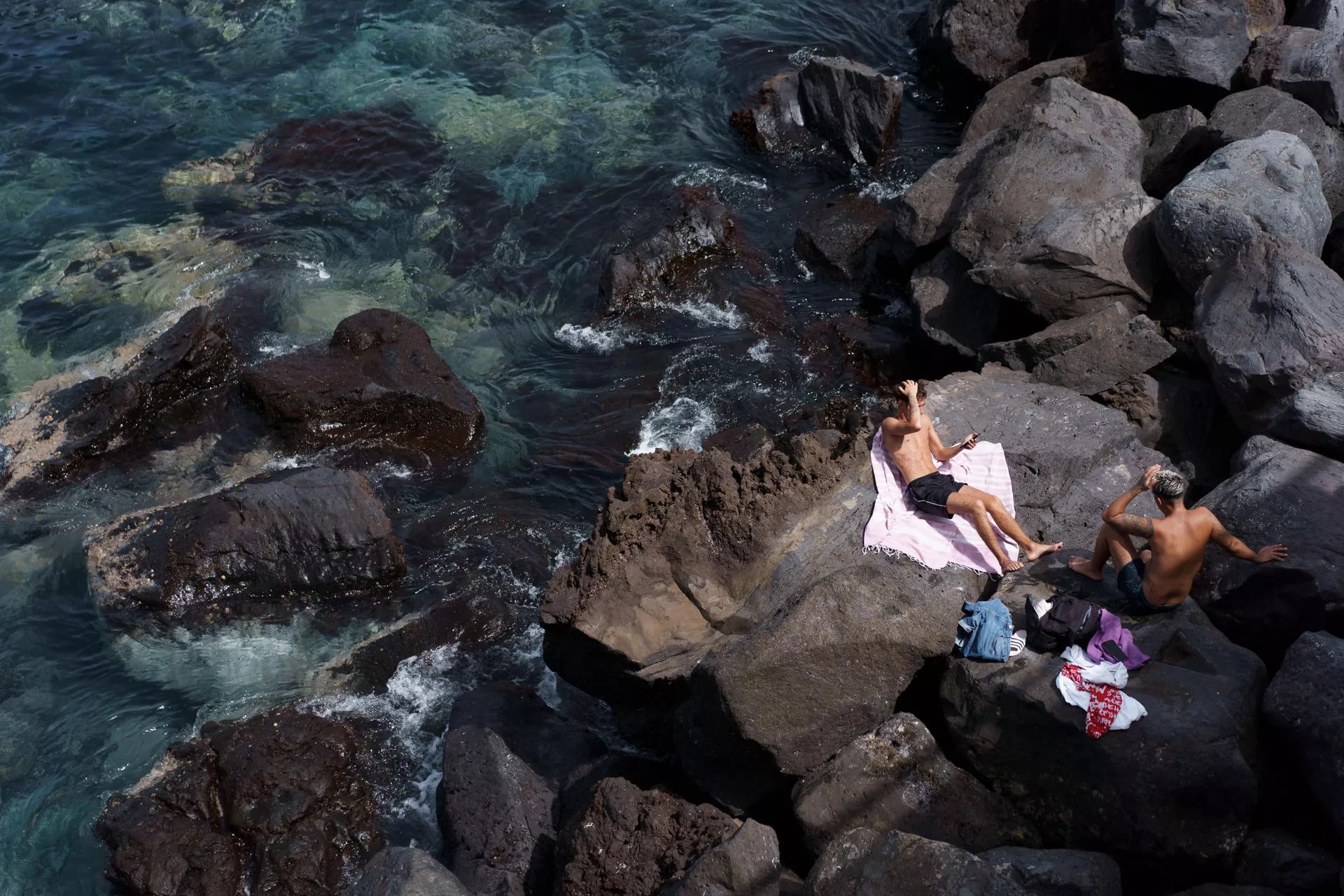The massive landslides that formed the Güímar and La Orotava valleys and altered the landscape of Tenerife permanently also changed the evolutionary destiny of dozens of species on the island. Insects, lizards, and other small groups of fauna were isolated from the rest of their populations, causing their genes to evolve in a completely different way from the rest of their former group, thus creating different evolutionary branches for the same species.
These geological movements, common in oceanic islands – though not as frequent as volcanoes – determine how much a species diversifies within the archipelagos. “Until now, it was always thought that what most influences the evolutionary history of island species is the ecological gradient (changes in temperature and humidity by altitude) or volcanic eruptions,” explains Victor Noguerales, a biologist at the Institute of Natural Products and Agrobiology (IPNA-CSIC).
Both circumstances can lead to the stratification of populations and, therefore, influence the possibilities of a species to evolve in one way or another. But they are not the only factors. As several researchers from the IPNA-CSIC insist in an article published in Molecular Ecology, mega-landslides that occur in the islands after several volcanic eruptions can also generate an effect. “These are processes that occur very abruptly, causing populations to split into two,” the researcher explains. Over thousands of years, this isolation can contribute to such genetic differentiation that populations can ultimately merge into new species.
Northern and Southern Weevils
[–>
This is the path that weevils have followed. These small insects of the Laparocerus genus – of which there are more than 300 species throughout Macaronesia – have evolved differently on either side of the gap that now separates the Tenerife ridge from its valleys. Thus, those that remained sheltered in the Teno Massif or in Anaga after the landslides that began to occur four million years ago have today a very different DNA from those that fell into the void and settled in a new ecosystem.
By using genomic data from high-throughput DNA sequencing and integrating it with demographic modeling tools, the authors discovered that weevil populations captured in the geologically most stable areas (Teno, Anaga, or southern Tenerife) began to genetically differentiate from a common ancestor within a timeframe that coincided with the estimated ages of the landslides in La Orotava and Güímar. They also observed that individuals captured in these areas constituted genetic groups with a low degree of coancestry and, in turn, had lower genetic diversity.

Individual belonging to the Laparocerus tessellatus species complex, captured in El Pijaral (Anaga) / Antonio Machado
It is not the first time that it has been suggested that these abrupt geological changes could be behind the genetic diversity of island species. “There are previous studies that already saw morphological changes in the lizards of the Güímar Valley,” explains Noguerales. However, such a thorough analysis confirming that massive landslides are able to impact the fate of species had never been carried out.
“We chose weevils, among other things, because they have a small dispersal from generation to generation,” Noguerales points out. In other words, they move very little, and therefore, their ability to mix with other isolated individuals is very low. “This causes them to accumulate many mutations and they can even differentiate so much from their common ancestor that they become distinct species,” he emphasizes.
Although the finding was made based on data from Tenerife, the researchers suggest that this phenomenon may have occurred on all oceanic islands. “It is part of the dynamics of the Islands, they grow in altitude through eruptions until they weaken and collapse due to their weight,” Noguerales insists.
Subscribe to continue reading
















